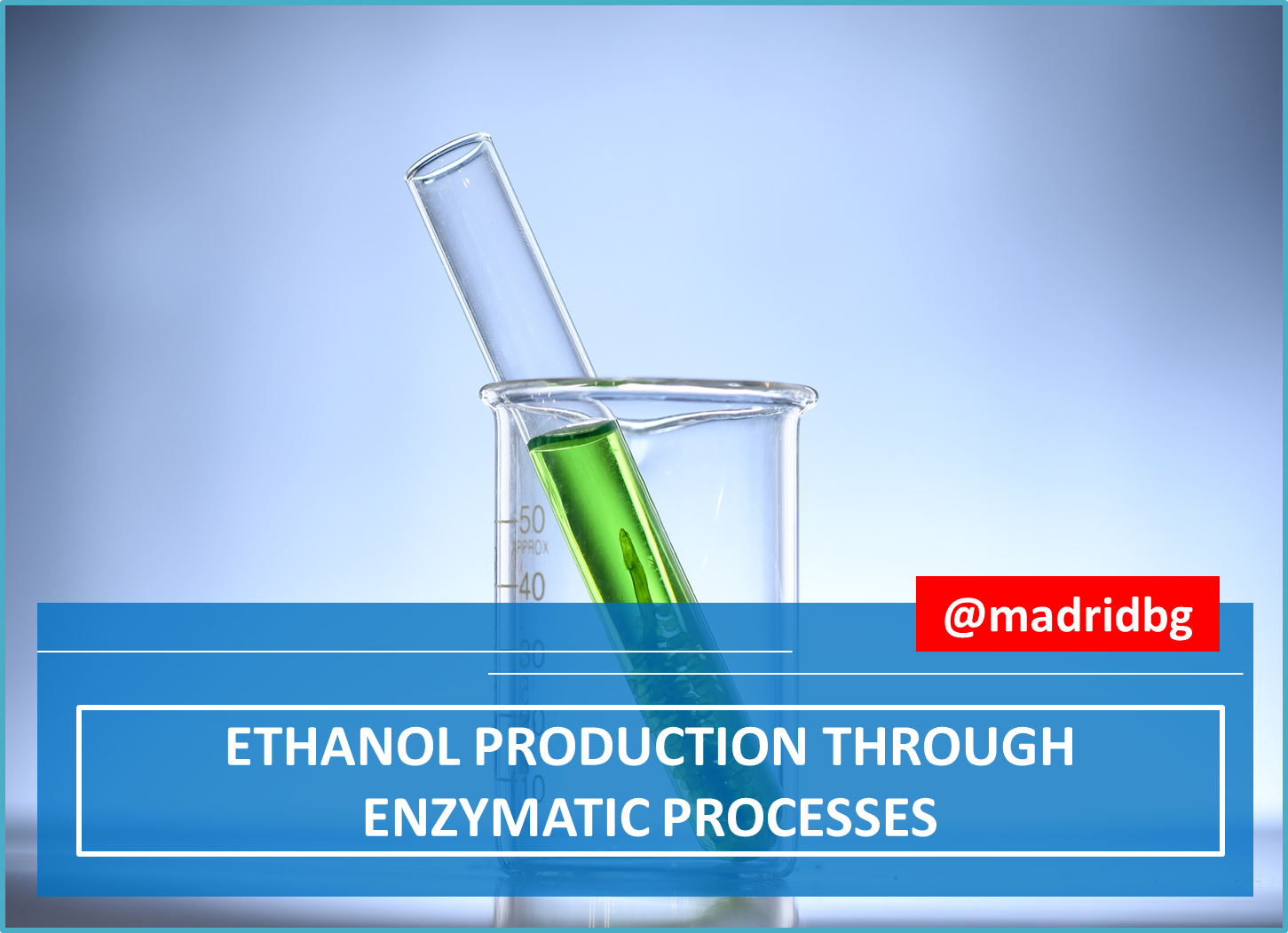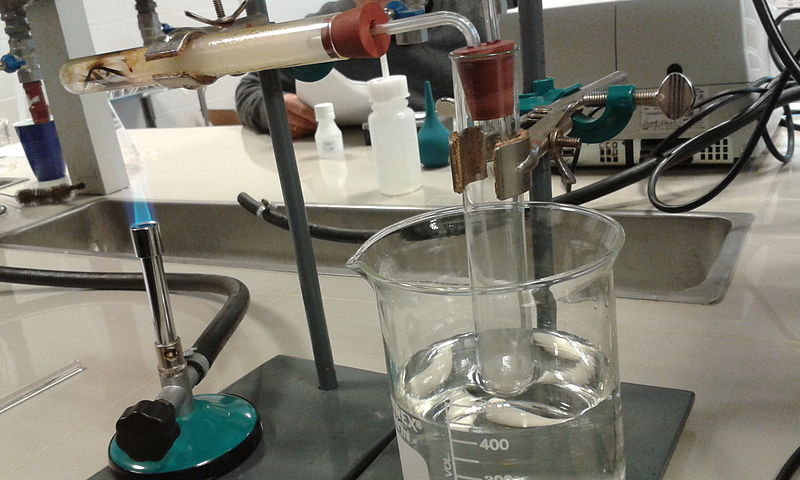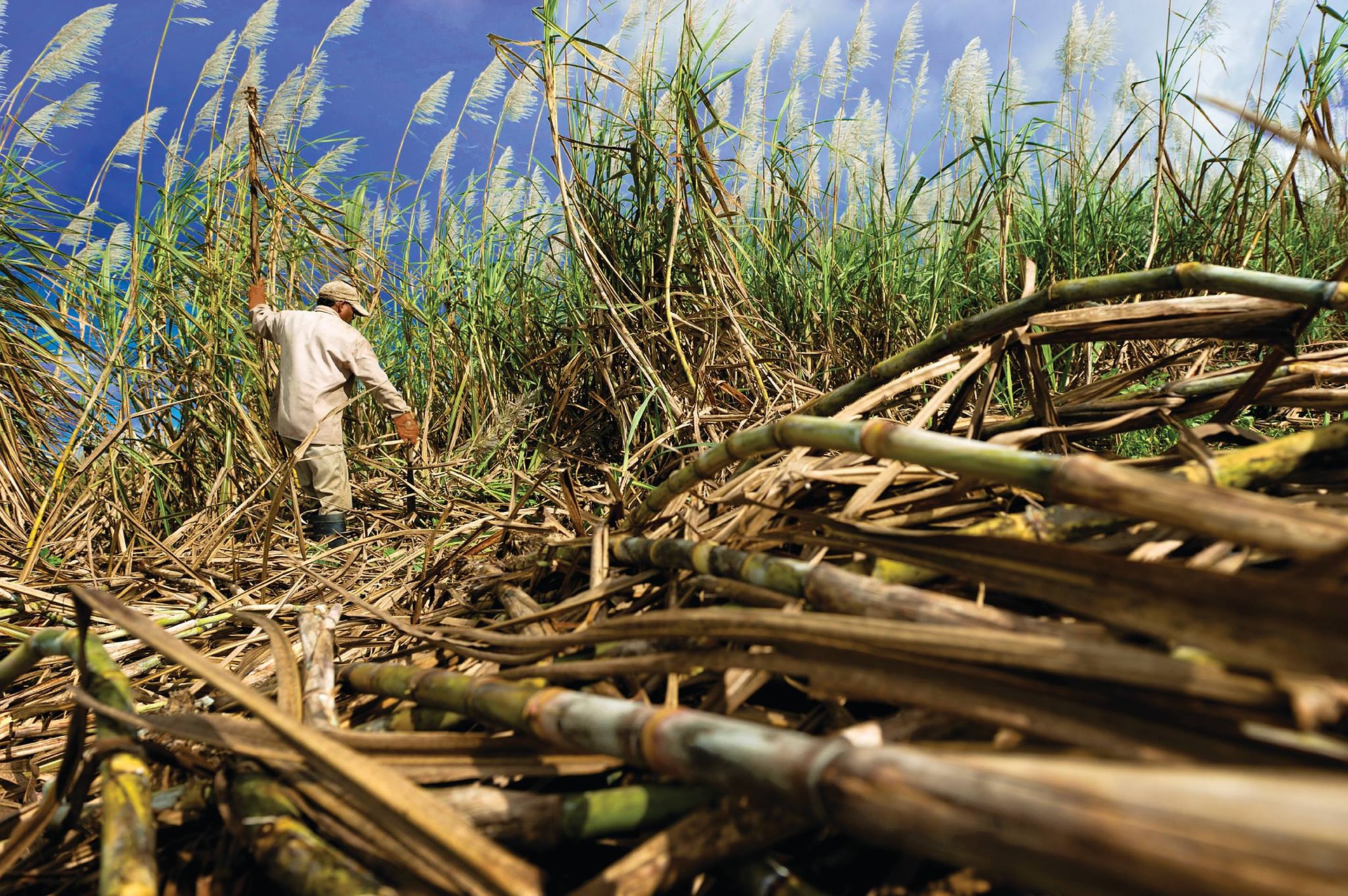
Authored by @madridbg, via Power Point 2010, using public domain images. Chokniti Khongchum
Greetings and welcome dear readers of this prestigious platform, the topic that concerns us in this opportunity is of a scientific nature under a flexible modality that allows us to understand the enzymatic functioning as a mechanism for the production of ethanol as a second generation fuel.
In this sense, we will rely on a set of investigations that are being carried out from the laboratories of Chemical Analysis of the University of Campinas in Brazil, where it was possible to detect a chemical molecule from the Amazonian fungus Trichoderma harzianum with characteristics and enzymatic properties that allow current on different sugars that constitute the plant biomass essential in obtaining renewable fuels in order to combat the scenarios of pollution and environmental degradation.
Undoubtedly the discovery gives a light at the end of the road, since under the studies carried out it allows to generate a greater use of plant residues produced in different agricultural processes, among which stand out the residues from sugar cane and corn, indispensable in the production of biofuels.

Fig. 2. Obtaining biofuels from organic matter. Author: Melodygar
The most interesting aspect of the process is that it initiates the elaboration of low-cost enzyme cocktails, which will allow obtaining the bio-product so necessary at an energetic level. We must remember that an enzyme is a substance that catalyzes different chemical reactions, generating interrelationships between substrates and the enzyme, which produces a decrease in the activation energy of the process and consequently a growth in the speed of the same.
So researchers have relied on this behavior to evaluate the fungal lineage using a set of scientific tools, associated with the analysis of genetic, protein and metabolic variations in fungi, leading them to consider their critical roles in other substrates such as plant cellulose.
As a remarkable result of this arduous work, the researchers have managed to highlight that fungi of the Trichoderma genus, exhibit great potential in the manufacture of active enzymes that attack carbohydrates, where they have been able to isolate compounds associated with the family glycoside hydrolases indispensable in the biomass of products already mentioned above.
In the opinion of Leal Motta, active researcher of the project:
"Among the properties found are the ability to degrade the membranes that protect the hemi-cellulose and different sugars present in sugar cane.”.

Fig. 3. Sugarcane waste. Author: Momolebo2020
So the effectiveness of the product is determined with the ability to prepare different enzyme cocktails that attack the lateral membrane of hemi-cellulose and consequently the second generation ethanol can be degraded and produced more easily.
In this sense, we will be attentive to the scientific advances of this research with important projections at an energetic and environmental level.
BIBLIOGRAPHY CONSULTED

[1] José Gustavo Ávila-Zárraga. (2009). Photochemical synthesis using sunlight. Chemical Education. Faculty of Chemistry. National Autonomous University of Mexico. Article: Online Access
[2] IBERO-AMERICAN AGENCY FOR THE DIFFUSION OF SCIENCE AND TECHNOLOGY. Article: Online Access
OF INTEREST

•

Congratulations @madridbg! You have completed the following achievement on the Hive blockchain and have been rewarded with new badge(s) :
Your next target is to reach 11000 upvotes.
You can view your badges on your board and compare yourself to others in the Ranking
If you no longer want to receive notifications, reply to this comment with the word
STOPTo support your work, I also upvoted your post!